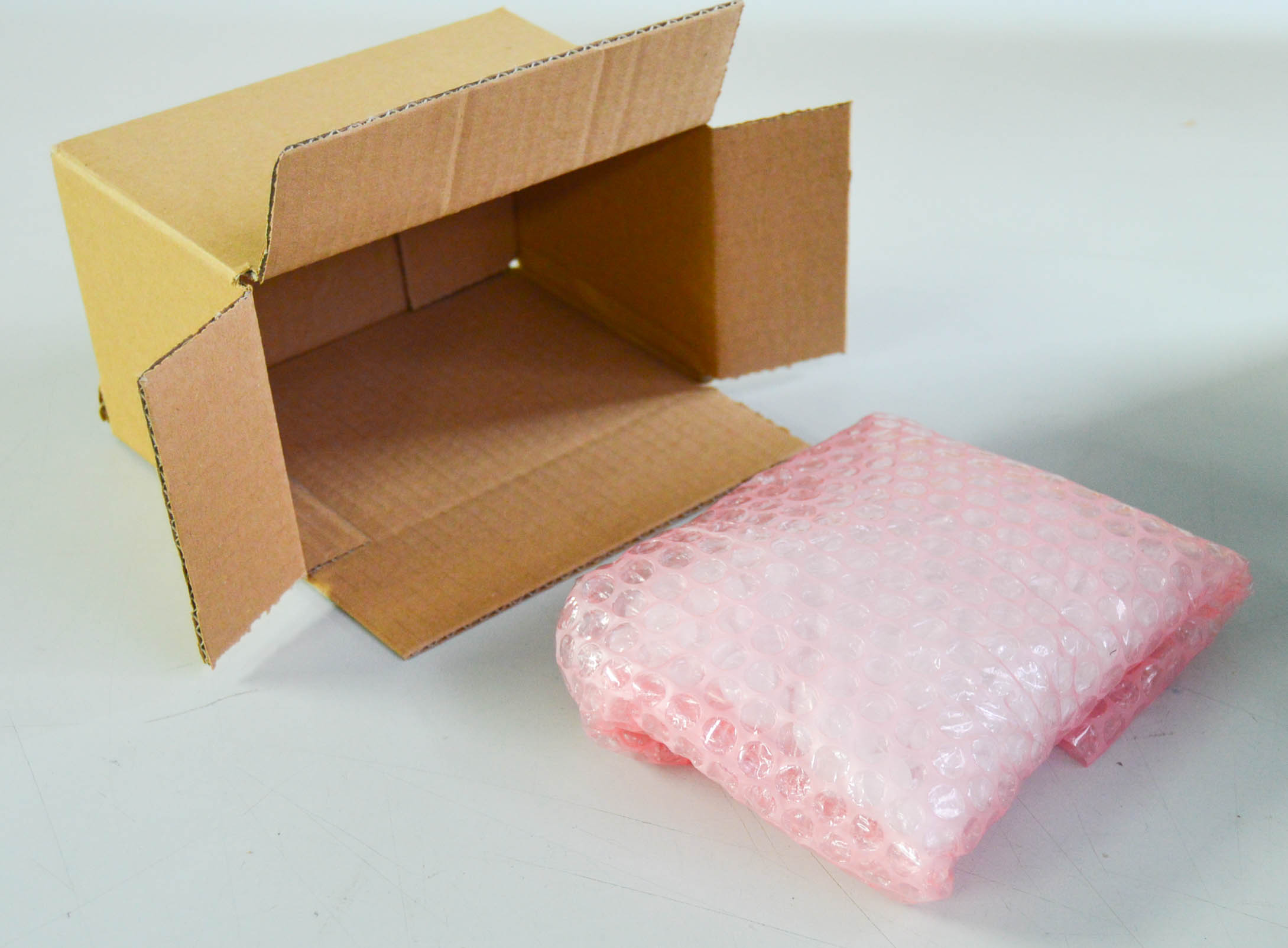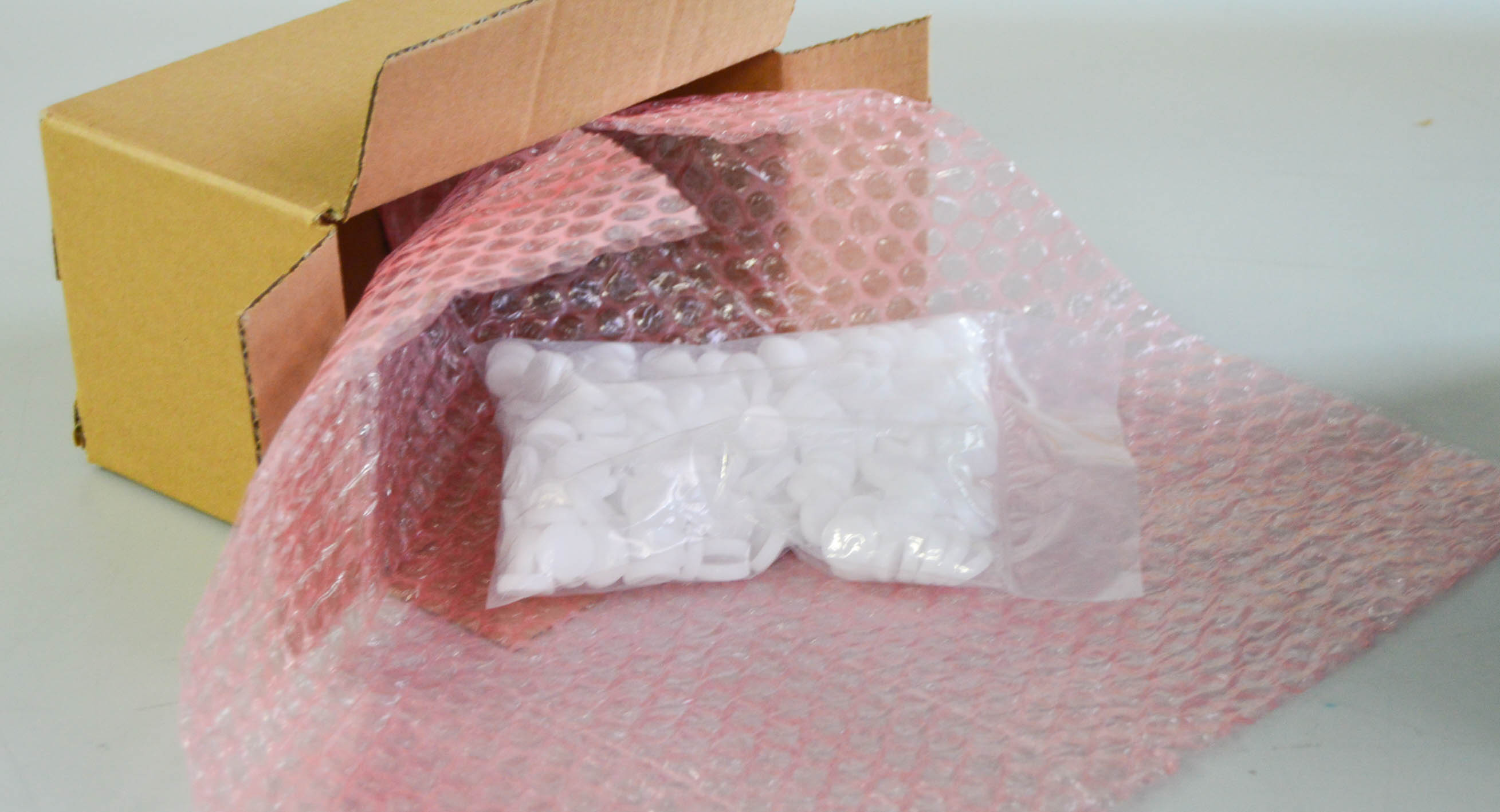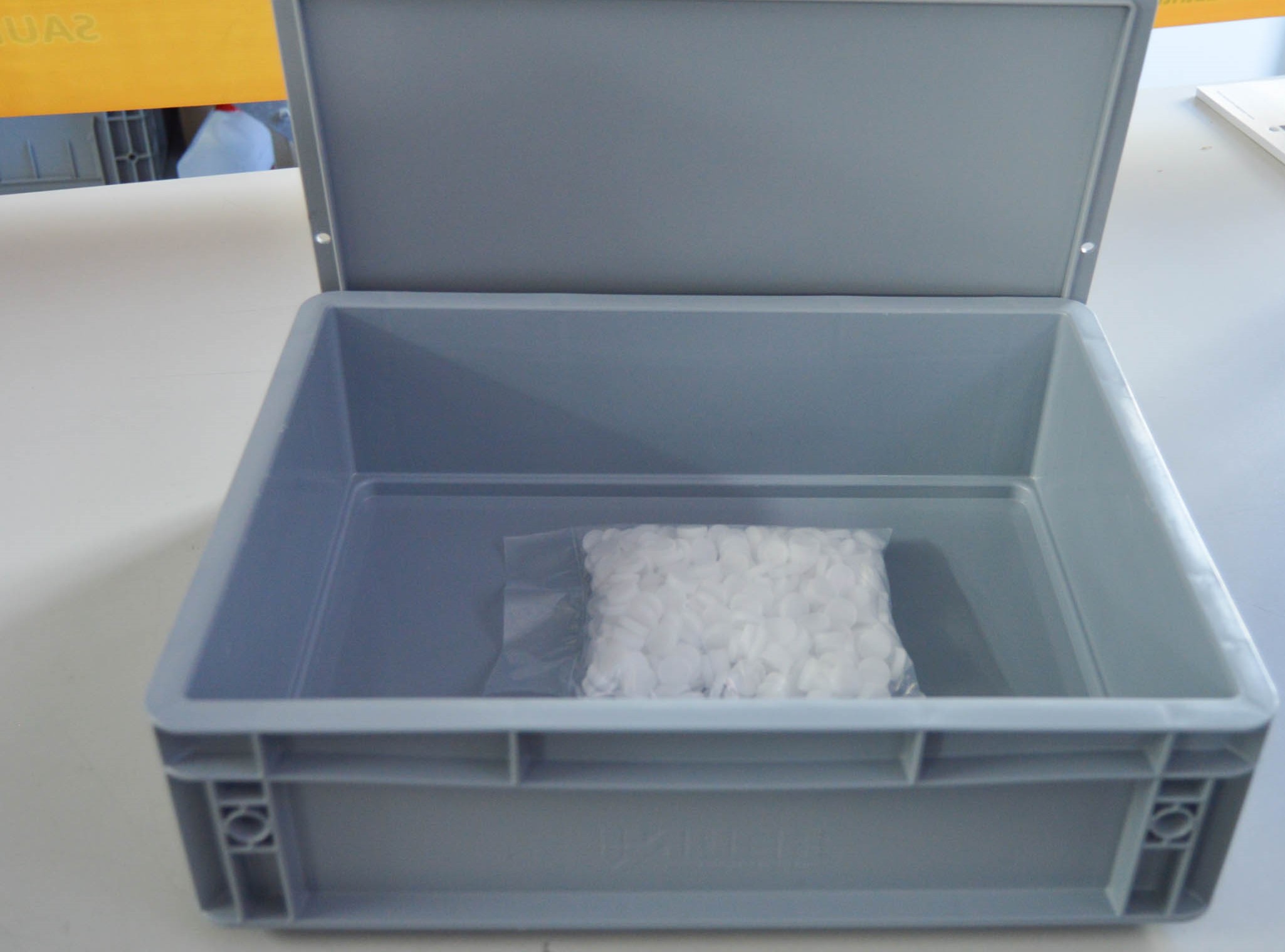Packaging instructions for component and sample shipment
General Information
In order to ensure the cleanliness of components during transport and to obtain analysis results that are as valid as possible, it is recommended to pay attention to the following aspects:
Which state of cleanliness should be tested?
It is important to be aware of the cleanliness level to be tested before shipping the components. If the cleanliness is to be checked directly at the end of the production line, the component must be packed very carefully. If the delivery condition is to be checked at the customer's site, the packaging should be the same as the usual shipping packaging.
Typical errors during sampling and shipping
- Fingerprints (residues of hand cream)
- Packaging with packaging materials that are not appropriate according to VDA
- Parts friction against each other
- Marking with Edding directly on the component
- Marking with adhesive labels directly on the component
Identification of samples
Accompanying documents, batch designations or sampling sites should always be attached to the outside of the packaging so that a clear assignment of the component is possible without changing the cleanliness status of the component.
Component packaging for cleanliness tests according to VDA 19.1 / ISO 16232
Cleanliness-compatible packaging materials:
When choosing the packaging material, care must be taken to ensure that the packaging does not emit any particles and that the component itself is sufficiently protected against external influences. Sealed clean room bags, ESD bags or laboratory aluminium foil have proven to be suitable packaging materials.
Onion peel principle:
The component to be sampled is ideally packed in three layers.
Inner layer
- The components are transferred in their respective inner packaging in a cleaned KLT (small load carrier) into the clean room of CleanControlling's cleanliness laboratory.
- This last packaging layer is removed directly before the analysis to preserve the cleanliness of the component until it is extracted in the extraction cabinet.
Bulk material
Bulk material vs. individual packaging:
As a general principle, components for cleanliness tests should be packaged in such a way that they do not collide or rub against each other during transport and thus generate additional particles. Bulk material or several components in a common inner packaging should therefore be packed with the middle and outer layers with as little movement as possible.
Samples for the analysis of chemical-filmic residues
Cleanliness-compatible packaging materials:
If organic residues (oils, fats, production auxiliaries) are the focus of attention, plastic bags should not be used under any circumstances, as these often release plasticizers and separating agents and can therefore influence the analysis result. The use of laboratory aluminium foil is recommended in this case. Furthermore, cross-contamination of the samples can be prevented by sandwich packaging.
Further Information
Our sales team is at your disposal for any questions regarding cleanliness-compatible packaging and shipping of samples and components.
Newsletter registration




